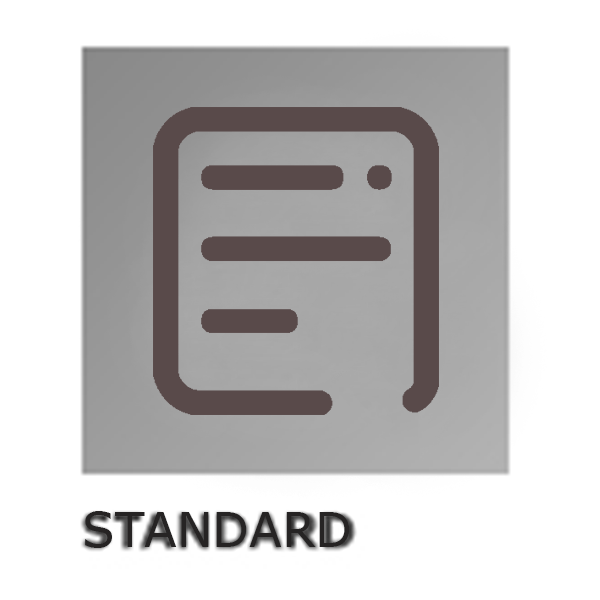1.1Material and mixture properties such as air voids and voids in mineral aggregates (VMA) are calculated from two or three test results, combined in simple mathematical relationships. The standard deviation equations for these calculated values can be developed using a mathematical process called “propagation of errors” (also called “propagation of uncertainty”). This practice includes uncertainty equations for four forms or material and mixture equations: when two test results are (1) added or subtracted, (2) multiplied together, (3) one divided by the other, and (4) two test results divided by a third.
1.2This approach to calculating standard deviation equations is only valid when the distributions of the test results from the two standards are independent (that is, not correlated).
1.3The accuracy of a calculated standard deviation is dependent on the accuracy of the standard deviations used for the individual test result methods.
1.4Values for the mean and standard deviation for each test method are needed to determine the standard deviation for a calculated value.
1.5Examples of how to use these equations are shown in Appendix X1.
1.6A brief explanation of how standard deviation equations are derived for more complicated material and mixture equations is also included.
1.7The text of this standard references notes and footnotes which provide explanatory material. These notes and footnotes (excluding those in tables and figures) shall not be considered as requirements of the standard.
1.8This standard does not purport to address all of the safety concerns, if any, associated with its use. It is the responsibility of the user of this standard to establish appropriate safety, health, and environmental practices and determine the applicability of regulatory limitations prior to use.
1.9This international standard was developed in accordance with internationally recognized principles on standardization established in the Decision on Principles for the Development of International Standards, Guides and Recommendations issued by the World Trade Organization Technical Barriers to Trade (TBT) Committee.






